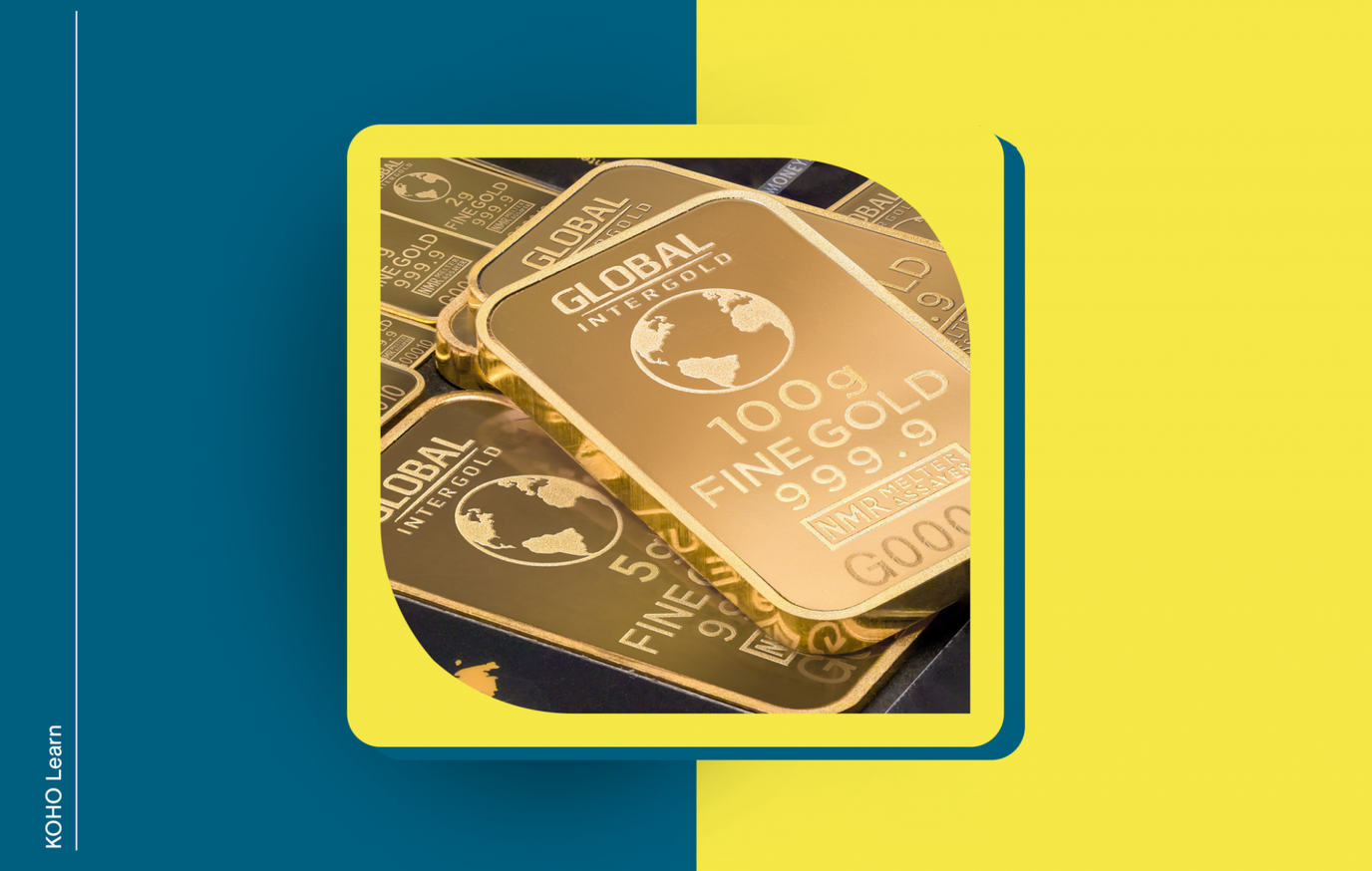
Rounding it up
Like most other commodities, supply and demand govern the price of gold for the most part.
The price is impacted by the amount of gold in the market, how quickly it's being mined, and the economic environment.
Gold serves as an excellent way to maintain value in an investment portfolio because of its relatively even value.
Intro
The almighty dollar—Canadian or otherwise—is ever-present in our society. We’re constantly aware of the cost of nearly everything we use on a daily basis from the cost of gasoline or a gallon of milk to our mortgage payments. You just can’t escape it. Have you ever wondered, though, what determines the price of things? Why is that gallon of gas $3.15? Why is that carton of milk $1.79? And, perhaps to the subject of this piece, why is the price of gold what it is?
To answer this question, we can really look much broader. Why does anything cost what it does? This gets into some pretty heavy economics but we’ll do our best to pare back some of the complicated economic theories and see what we can do to better understand what determines the price of gold.
Supply and Demand
Fundamentally, price is controlled by the dual laws of supply and demand. This is simple enough to understand and you likely already have a pretty firm grasp of the idea. If you have a lot of something and the demand for that thing is low, the price will also be low; people aren’t going to pay a lot of money for something that isn’t all that rare. If you have a big supply and high demand, great news! You could be in the money. If you’ve got a low supply and low demand, uh-oh...no one wants your cheap stuff. If you’ve got high demand and low supply, you could be making a ton of cash but may run out of product in the process.
In essence and at its purest form, this is what controls the price of anything. In a pure economy, where there are no other factors like taxes, tariffs, monopolies, or competing products, the law of supply and demand rules supreme.
What influences the supply? The demand?
Supply and demand don’t necessarily go hand in hand. Supply can often be influenced without affecting the demand for a substance at all. Let’s take gold as our example. Many nations across the globe hold gold as a standard behind their currency. This means, in effect, that the paper currency is backed by a select amount of gold held in a government vault. In 1971, the United States moved off the gold standard, meaning that paper currency was not necessarily backed by the physical commodity. Canada, for its part, has long been off the gold standard, announcing in 2016 that it had sold almost all of the gold that it had in reserve. This steady move from the standard itself has released more gold into the market, thereby lowering prices.
Demand, on the other hand, is a factor of what the substance is used for. More than 60% of the gold in the world is estimated to be part of jewelry. The remainder is either locked in vaults or, increasingly, used in manufacturing and computer applications. Nearly every modern computer circuit has gold included as part of its construction. It’s a malleable metal, which means it is able to be formed and extruded easily and still conducts electricity well.
Hedging Inflation
SPEND SMARTER. SAVE FASTER
Inflation is the phenomenon that causes people to say, “in my day a coke was just a buck!” It means that the purchasing power of a dollar falls as an economy grows. Some inflation is a good thing; it’s a sign that an economy is growing and adding value. Overinflation, however, isn’t great; it’s why sometimes you see stories of people living in countries where milk costs hundreds of dollars. Gold, however, offers investors a hedge against inflation. Since its value tends to remain relatively flat or increase over the long term, it can be an easy way to “hold value” in a portfolio.
This all seems abstract…
Indeed! Let’s get to brass tax. The true determination of the price of gold, as it relates to you, an ordinary investor, is what the market says it is. When the global economy starts to slide or things seem a bit unstable (like if there’s a global pandemic, for instance) investors often seek safe havens for their cash. Gold and other commodities provide just such a haven because they will almost always have value. This general principle is called wealth protection and it’s easy to see it in action. Just look at the average price of gold over the last three years. Up, up, up.
Investors are able to get their hands on gold and other precious metals by investing in the commodity itself or in an Exchange Traded Fund (ETF) that has gold as a part of its portfolio. These purchases help to drive the price of gold up.
Right, so how do you do it? Fair enough. You can invest in gold with your investment advisor or through your personal brokerage account. Many apps now offer the option of purchasing commodities such as precious metals as well. If you’re interested in purchasing physical gold, you can get it directly from the Canadian Mint.
A burgeoning market
As the world contends with climate change, many Canadians have become more aware about how they interact with the world around them. Do they have a light footprint? Companies increasingly understand this, publishing extensive reports on their efforts to recycle plastics, produce less greenhouse gas in manufacturing and more. Apple recently announced that it had recovered just over 2,200 pounds of gold from old iPhones. This, in addition to more than 61 million pounds of other recyclable materials.
The electronic recycling market is ballooning in popularity as more parts of the world invest in electronics like phones and tablets, and as the developed world increasingly views them as replaceable. It remains to be seen how the price of gold will fluctuate based upon these extensive recycling efforts.
Is gold forever?
The price of gold, like most other products in our world, is drastically affected by the law of supply and demand. If lots of people want gold, it’ll cost more. Gold serves as a security blanket for investment portfolios because of its relatively stable value. In short, gold will retain its value as long as society views it as a precious metal. So, it’s not a bad idea to ensure that your gold holdings are a portion of your overall investment strategy.

About the author
Dan is a runner and writer living in the Washington, D.C. area, where he currently works for a financial services trade association as the Communications Director.
Read more about this author